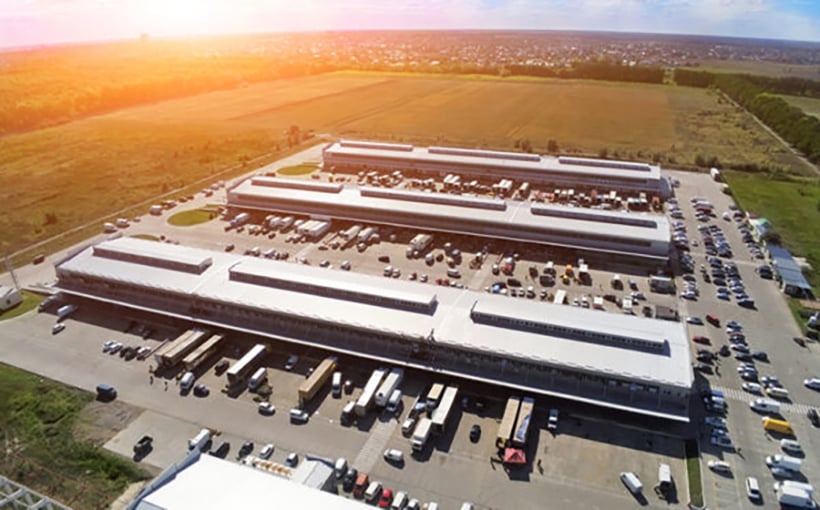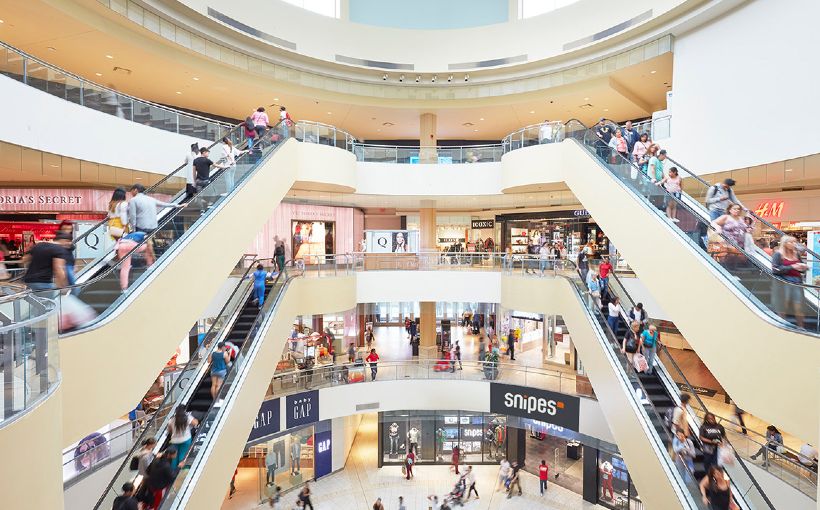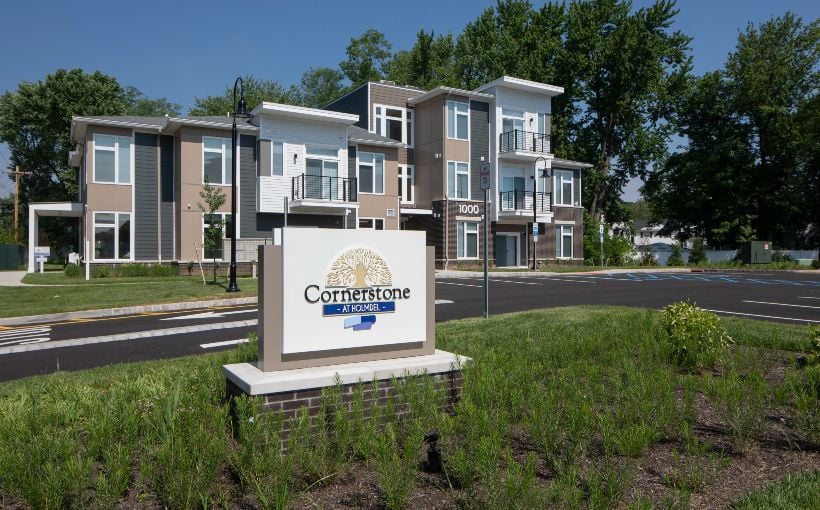Q2 2024 Industrial Sector Report: Declining Pipeline and Increased Vacancies
The latest Q2 2024 reports on the industrial sector have revealed a concerning trend of decreasing pipeline activity and rising vacancies. The overall absorption rate has also slowed down compared to the previous year. According to Lee & Associates’ North America Market Report for Q2, this downward shift in performance is evident across North America. Similarly, Savills’ State of the U.S. Industrial Market Q2 2024 Report concurs with this assessment, stating that supply correction is approaching a cyclical bottom while demand recovery relies heavily on consumer spending.
Absorption Metrics Show Mixed Results
All reports from the second quarter agree that there was an increase in absorption compared to Q1; however, CBRE’s U.S. Industrial Report for Q2 notes that despite these higher numbers, year-to-date absorption has decreased by 50%. Cushman & Wakefield’s National Industrial MarketBeat report for Q2 also supports this finding by stating that most net absorption totals are due to new product deliveries with tenants already in place.
Lee & Associates analysts predict slow annual growth in terms of absorption since the recession period due to various factors such as oversupply and declining demand despite a decrease in construction starts and deliveries.
Vacancy Rates See an Increase Along With Rents
According to Colliers’ U.S. Industrial Market Statistics report for Quarter Two of 2024 , vacancy rates have increased across all regions but at a slower pace as quarterly construction completions moderate while demand picks up during this time frame.
The ongoing influx of new supply is one reason why we see slowing rates of both occupancy levels as well as rent growth within industrial properties nationwide according Plante Moran’s Real Estate/Industrial market report . While they acknowledge record-breaking development phases coming towards their end soon enough; they note how anticipated new property delivery will further exacerbate current vacancy issues leading into what could be the slowest rent growth period since 2012.
The Future Outlook
All reports seem to agree that the industrial market is heading towards a more moderate phase, which is in stark contrast to its volatile performance over the past two years. Plante Moran analysts predict that quarterly net supply will drop below pre-pandemic levels by late 2024 and may even reach a ten-year low by late 2025. CBRE also shares this sentiment, stating that expected decreases in construction starts from Q3 of 2024 onwards should alleviate supply-side pressures for subsequent quarters.
Savills’ forecast predicts an average of two and a half years before we see vacancy rates return to their pre-2019 levels; however, they note significant variations across different regions. Cushman & Wakefield’s analysis paints a slightly more optimistic picture as they believe e-commerce growth along with onshoring and nearshoring activities will continue supporting industrial fundamentals despite rising vacancy rates during the first half of 2025.
In conclusion, while consumer spending stagnation may exert downward pressure on net absorption according to Plante Moran’s report; there are still potential drivers such as reshoring high-tech manufacturing back into America which could positively impact leasing activity throughout most of next year until at least mid-2026 according them.




